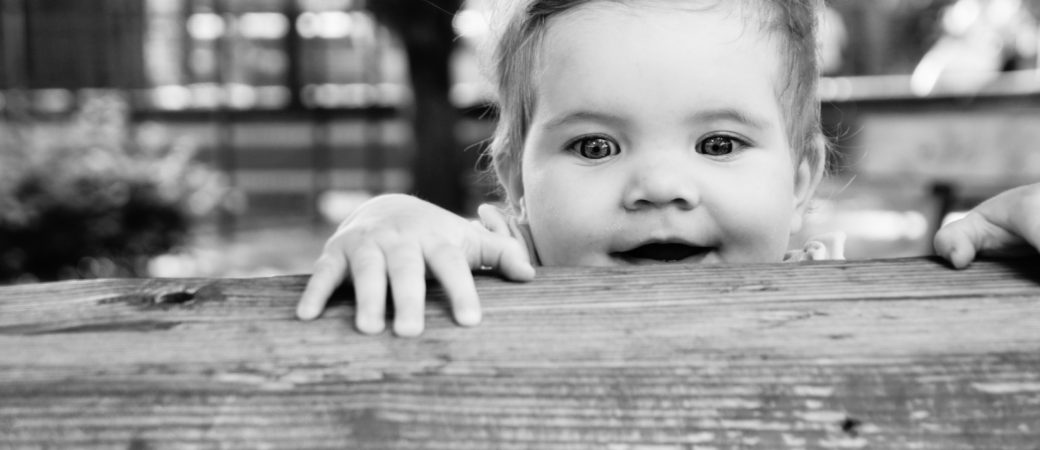
When I think of curiosity, the first images that come to my mind are kittens and puppies poking their little button noses into absolutely everything, and my four-year-old grandson constantly asking “why?” For both the pups and kittens, and Roland, nothing is off limits to be sniffed, tasted or asked about. That’s how young beings explore their world. It’s all available in its newness.
On the other hand, curiosity can carry a less-appealing connotation, as in the phrase, “idle curiosity.” It gets equated with nosiness. As a noun, it is sometimes used to mean something peculiar or odd, and one might stare closely at a peculiar bug just because it is strange.
A more pernicious version of this is when someone stares at a person who appears “different” or acts differently from the cultural norm.
When some of his followers asked the Buddha about what would happen after death, his response was something like “I haven’t addressed those questions because they aren’t conducive to enlightenment.” So much for their curiosity!
Some contemporary Buddhist teachers, however, have approached curiosity differently. Christina Wolfe and Greg Serpa take Jon Kabat Zinn’s Seven Attitudes of Mindfulness (acceptance, nonjudging, nonstriving, letting go, patience, humor, trust, and beginner’s mind) and add to them curiosity, kindness, gratitude and generosity.
Wolfe and Serpa write, “A popular meditation instruction invites us to check in with our own experience as if we were checking in with a good friend. When you meet a friend you haven’t seen in a while, you’re naturally full of curiosity about how they’re doing and what’s been going on in their lives. This curiosity is an extension of your affection for your friend, a gesture of closeness and connection. The reason that meditation can be so difficult is that we spend much of our lives trying to avoid our experience, which is often irritating, painful, or just plain boring. Cultivating curiosity is a way for us to overcome our aversion and to become our own best friend.”
It is, as they say, an “antidote to autopilot.” The ordinariness of everyday experience, just because it is so ordinary, invites moving through life on autopilot, doing without being fully present. We can develop friendly curiosity about anything and everything, and about our own responses. We can even be curious about the ways in which our autopilot engages! Not judging, not pushing away nor grasping onto, not over-thinking, but simply being open to whatever presents itself in our moment-to-moment experience, just as it is.
This clearly is not curiosity as mere nosiness or fascination with the peculiar. It’s what we might call “friendly curiosity.” It is, it seems to me, quite similar to “beginner’s mind” in the Zen Buddhist tradition. Beginner’s mind, writes one Zen teacher, “is the mind that is innocent of preconceptions and expectations, judgments and prejudices” (Zenkei Blanche Hartman). When we use beginner’s mind, we are simply present, open to whatever is, ready to see things as they really are.
We do not have to like our experience. We don’t have to agree with what’s happening. But curiosity allows us to be open to having that experience, however it is, to being present to it as it changes and flows, together with our reactions and responses.
Friendly curiosity can be instrumental in smoothing the path when we disagree with each other, or when someone’s behavior upsets us. We regard even those experiences with friendly curiosity, noting them as simply our experience. We can ask and answer questions, not to score points in an argument but to discover and gain insight. Our conversations need not be fueled by the desire to compete, or control, or persuade. Rather, we can seek to learn about each other’s experience and what “makes them tick.” We strive for greater understanding and not for “victory.” Friendly, compassionate curiosity allows us to be more at peace with ourselves, and thus more available to relate to those who differ from us in a respectful and empathic way.
Go and be curious!
Rev. Julia